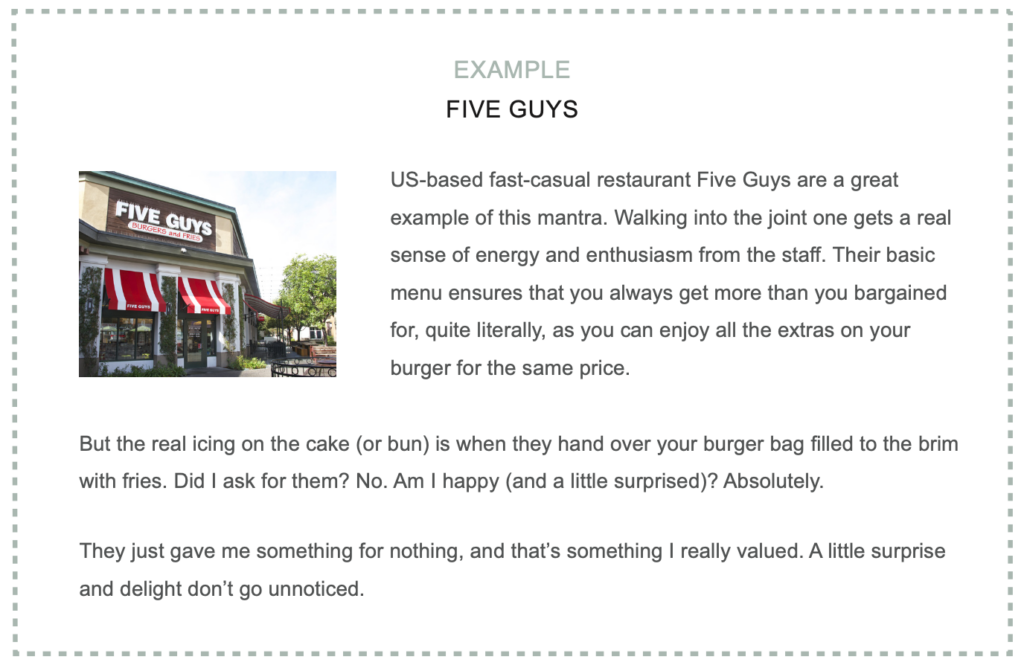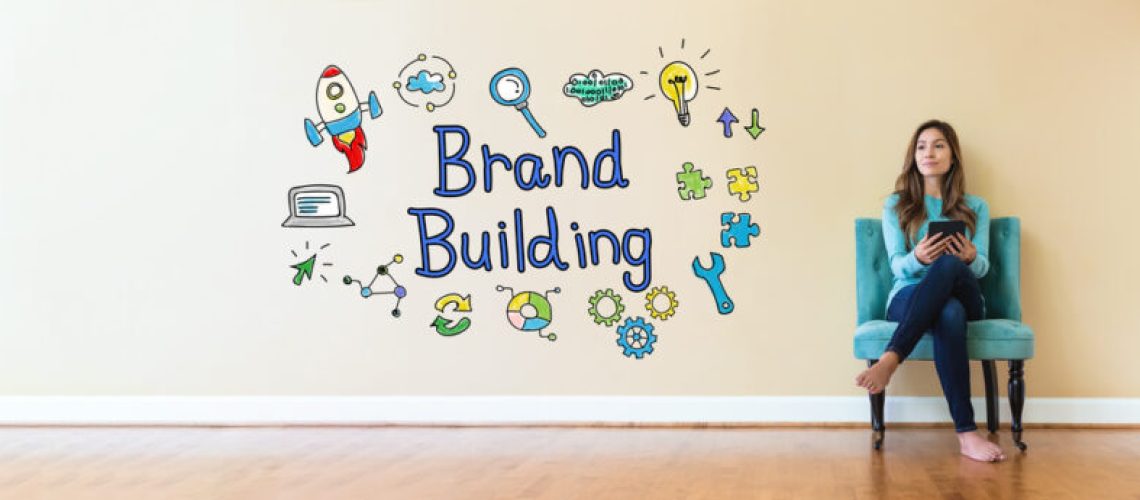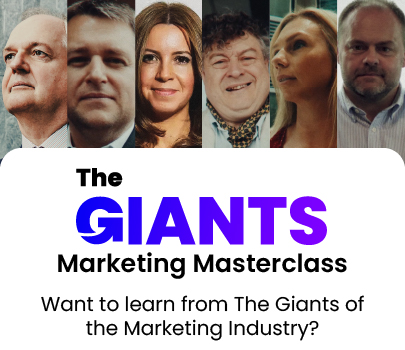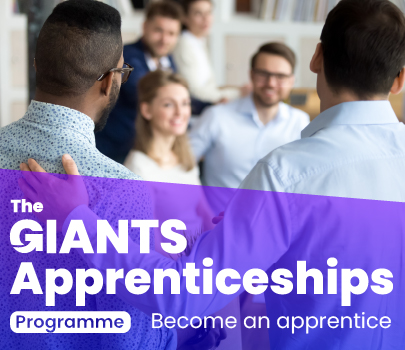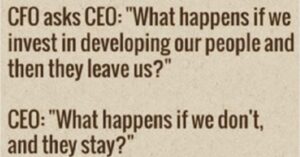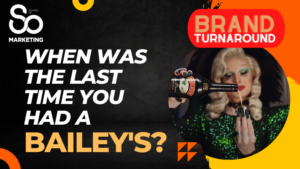Here is a step by step guide on how to Brand Build.
“Irrespective of what you might believe to be true, most people don’t care about your brand”
Consumer lead busy lives, so their ability to focus on your brand, to give it the mind space you think it deserves, and to remain loyal over a sustained period of time are all unrealistic expectations. However, there are a select few that have been able to achieve this, becoming among the most iconic brands of our time.
Think about some of the brands that do play a role in your life: Why do they play that role? How are they able to connect with you unlike other brands? What do they do that others don’t? These are the questions that we will tackle in this section and determine how impactful and enduring brands are created and nurtured. Let’s get started…
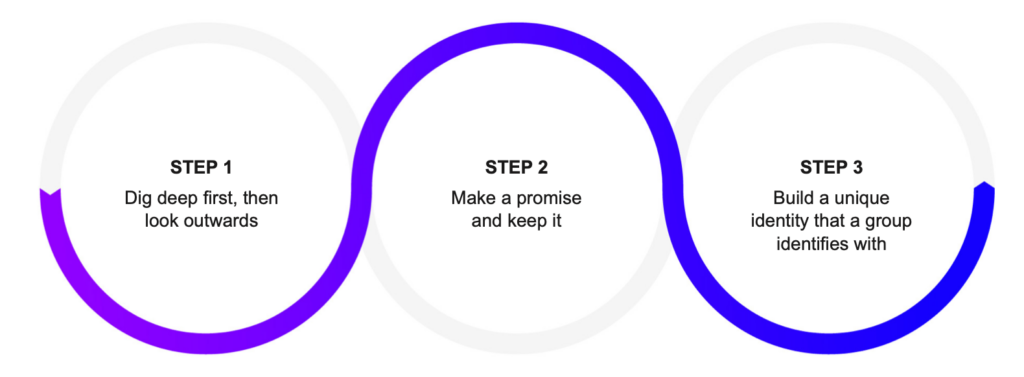
Brand Build Step 1: Dig deep first, then look outwards
Contrary to popular belief, great brands are born with a focus on the founder’s vision, or mission for the brand. It typically begins with the introspective question: What am I looking to create in the world?

There are usually two approaches to this: The first is to disrupt the way something is currently being done. Take the case of Richard Branson, founder of British airline Virgin Atlantic, who said, “If I fly on somebody else’s airline and find the experience is not a pleasant one, which it wasn’t 21 years ago, then, I think, ‘Well, maybe I can create the kind of airline that I’d like to fly on.’ So, I got a second-hand 747 from Boeing and gave it a go!”
The other approach is to create something that has never been done before. A good example of this can be seen in social entrepreneur Muhammad Yunus’s vision to “end global poverty” through his efforts to develop the micro-finance sector.
The reason your brand needs to start by internalising the problem it is trying to solve is that it becomes a powerful motivator for those around you, who you need to inspire to join on your journey. While it may not instantly provide all the answers, it often helps formulate and ask the right questions. A good example of this comes from Facebook and their vision to “connect the world”. Founder Mark Zuckerberg has said that Facebook is only 1/7th of the way there, which acts as both inspiration and motivation for employees to work towards achieving this ambitious vision. Furthermore, it helps guide their strategic direction that, in turn, helps with pertinent business decisions like the acquisition of WhatsApp.
Once you have a compelling vision that inspires colleagues, it’s time to launch that thought into the market. The first thing you need to do is understand the target market, and determine what they might be looking for from your brand.
Think of your brand as a reflection of your customers. It should help them add to the story of their lives, and add value to who they are, and why they matter. Your brand should enhance their own image, and speak to their aspirations for themselves and their family. Truly compelling brands add to the consumer’s story in a positive way to the point that the consumer can’t do without them, as their story would otherwise remain incomplete.
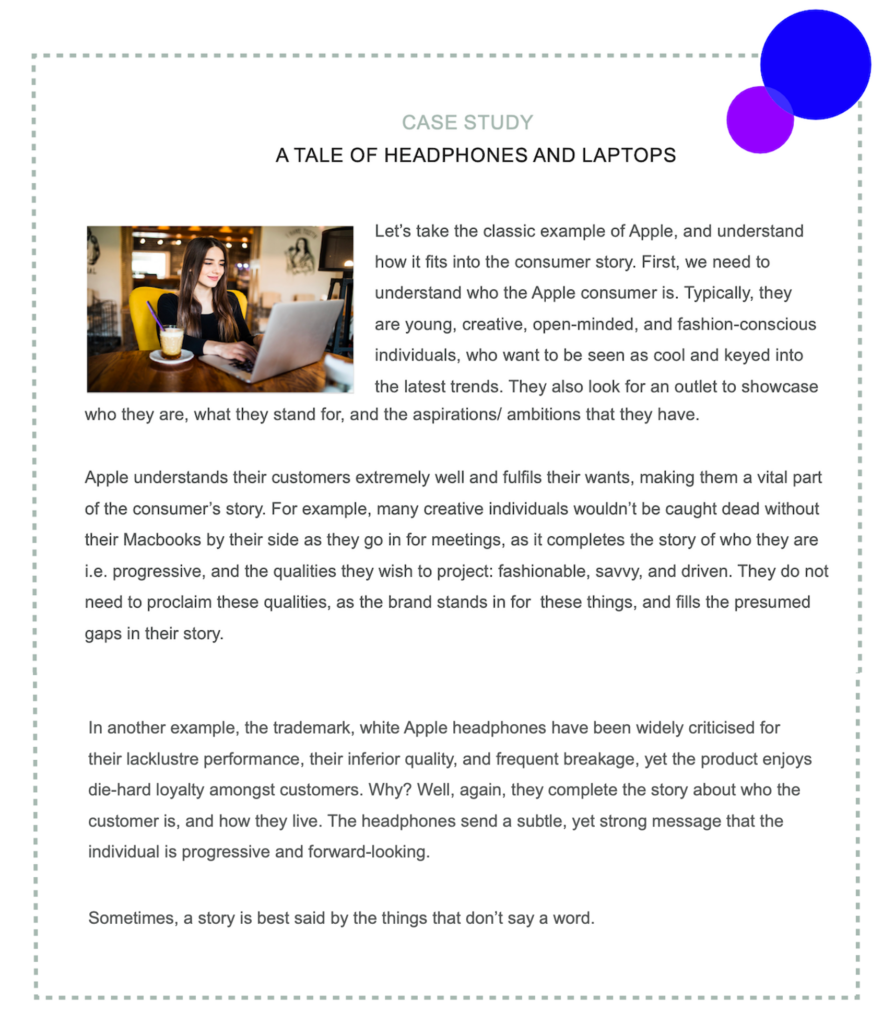
Brand Build Step 2: Make a promise and keep it (repeat over and over again).
In today’s world, few companies live up to the promise that they make at the outset. Often, they make bold statements and then struggle to action them. This leaves a bad taste in the consumer’s mouth and erodes trust. One need look no further than the Edelman Trust Barometer to see that trust has been eroded across industries and companies.
It’s important to deliver the promise that you make to both yourself and your organisation. A good way to achieve this is to be clear about what success looks like for you and the organisation.
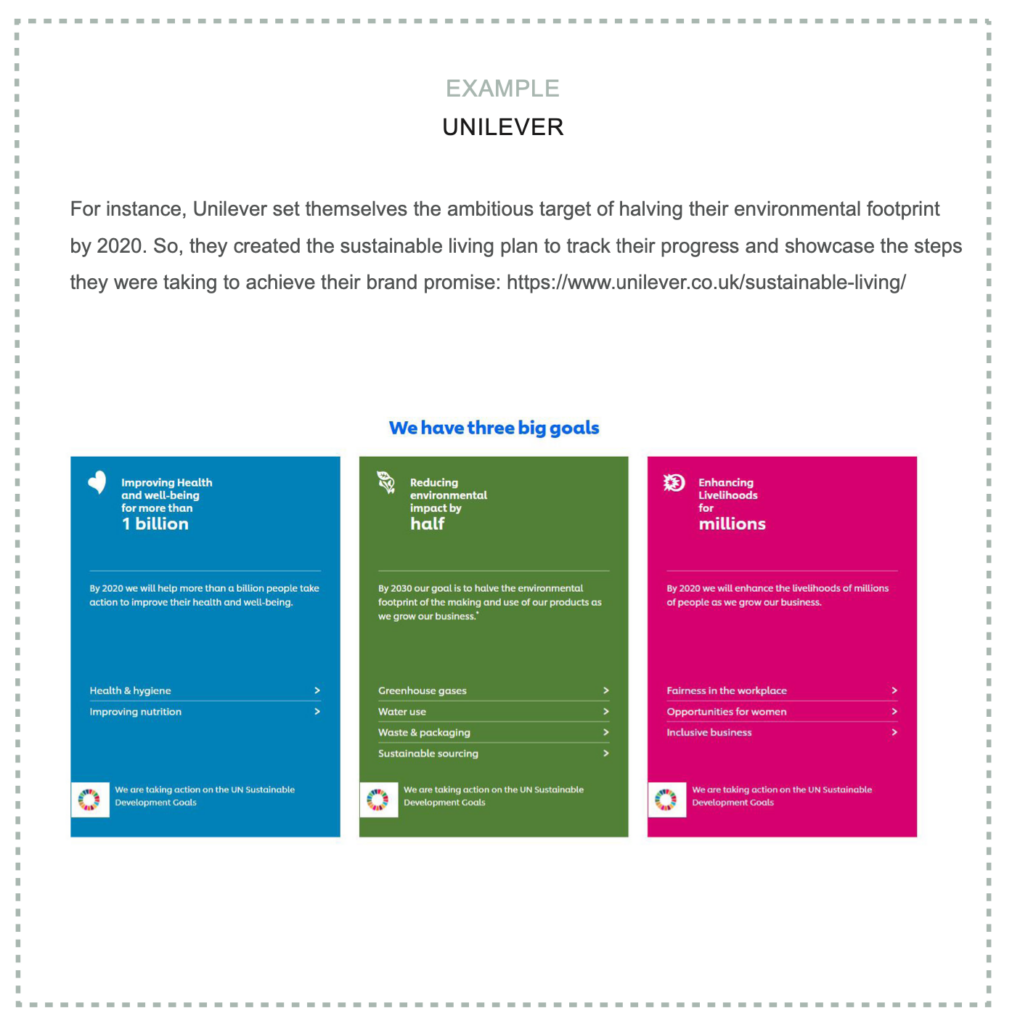
The key is to be consistently vocal about the promise you have made, and how you are going about achieving it. People will respect you for that and, soon, you will be well known for that thing you do so well.
Brand Build Step 3: Build a unique identity that a group identifies with
Carve your own space. Often, people will not buy the best product out there, but the one that is uniquely positioned, or the one with the proposition that they most resonate with. You need to develop a position in the market that is unique, distinct, and something that people actually care about. Your creativity is super important here!
Be different. We differentiate with a target audience in mind. Remember, your branding is about a) motivating your audience to solve their problems and b) your products and services being the solution to those problems.
Depending on the “problem” we are solving, there will be a few people who are likely to have a more specific problem than the rest. For example, hair-loss treatment Rogaine specifically targets people suffering from hair loss. What does this mean? It means that your product/ service differentiation should not be random. Deciding to be different for the sake of it, and targeting, say, dog food to people who don’t have or want dogs is futile. We differentiate based on different attitudinal/ behavioural consumer segments i.e. how consumers approach life, and how your product/ service is likely to fit into that lifestyle. These are our primary goals, and we design, manufacture, and sell our products and services to provide the “only solution” to their specific problem.
Does this approach limit the diversification of your products and services? The good news is that attitudinal/ behavioural consumer segments are almost never hermetic, or airtight. They are often secondary consumer segments adjacent to your primary consumer segment. These adjacent consumer segments share attitudinal commonalities that are also amenable to your branding.
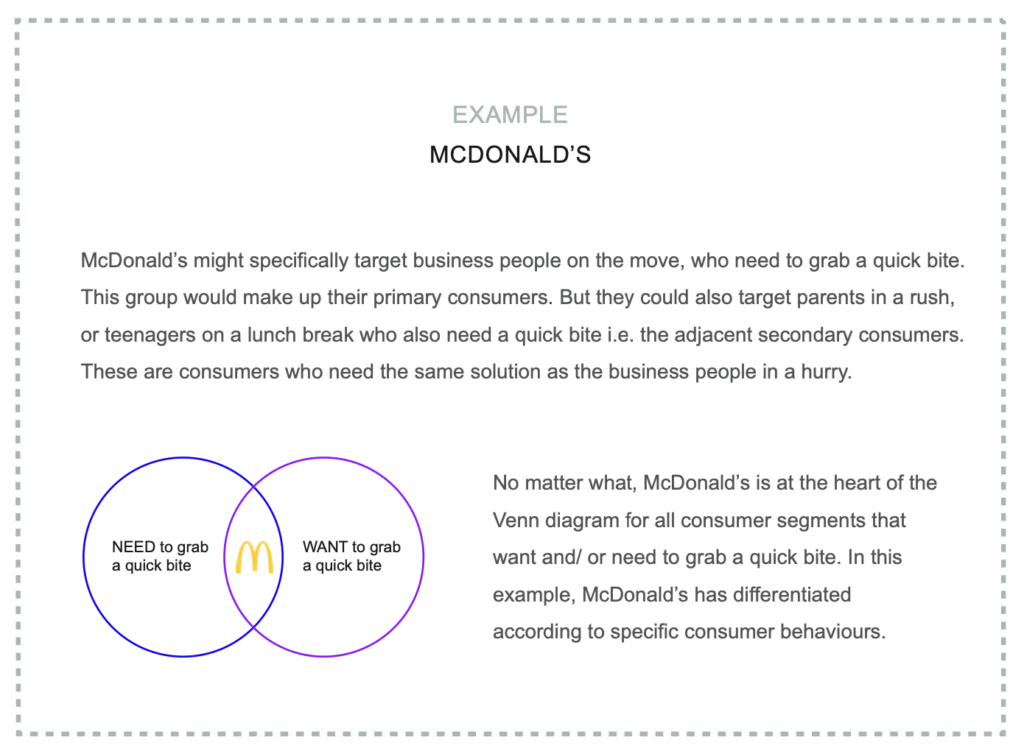
Be distinct. Alright, so your brand is different. But is it distinct? Byron Sharp, marketing thought leader and author of How Brands Grow, advocates ‘distinct’ branding, e.g. emphatic colours, engaging personalities, and memorable advertisements are a few ways one might achieve this. As Sharp says, what’s the point in your brand being ‘different’ if it doesn’t get you noticed? Picture McDonald’s’ Golden Arches, or Disney’s Mickey Mouse. Are you able to do that? That is Sharp’s point precisely. The Golden Arches and Mickey Mouse are at the front of your memory recall. McDonald’s’ and Disney’s distinct branding assumes a big part of your mental availability, so that you only need a quick nudge or prompt — be it an advertisement, or associative image — to buy. Pretty neat!
So hold on, What sets ‘different’ and ‘distinct’ apart? Well, there are ‘different’ genres of non-fiction literature, such as Romance, Sci-fi, and Fantasy. But within those specific genres there are ‘distinct’ authors, such as JRR Tolkien, George RR Martin, and JK Rowling. In terms of marketing, Tolkien, Martin, and Rowling have done their ‘distinct’ branding very well.
However, Sharp has his critics. Some believe that he is dogmatic and reluctant to embrace scientific data, when it comes to researching and measuring brand perception. Sharp does perhaps prioritise brand distinctiveness at the cost of brand differentiation, but that prioritisation is at your discretion! We can combine differentiation and distinctiveness into a singular brand strategy. Differentiation and distinctiveness together is what makes you stand out from the crowd. Both add value to your brand.
Don’t believe us? Watch the video below to find out how differentiation and distinctiveness together — with a big dose of creativity — produced a pop sensation.
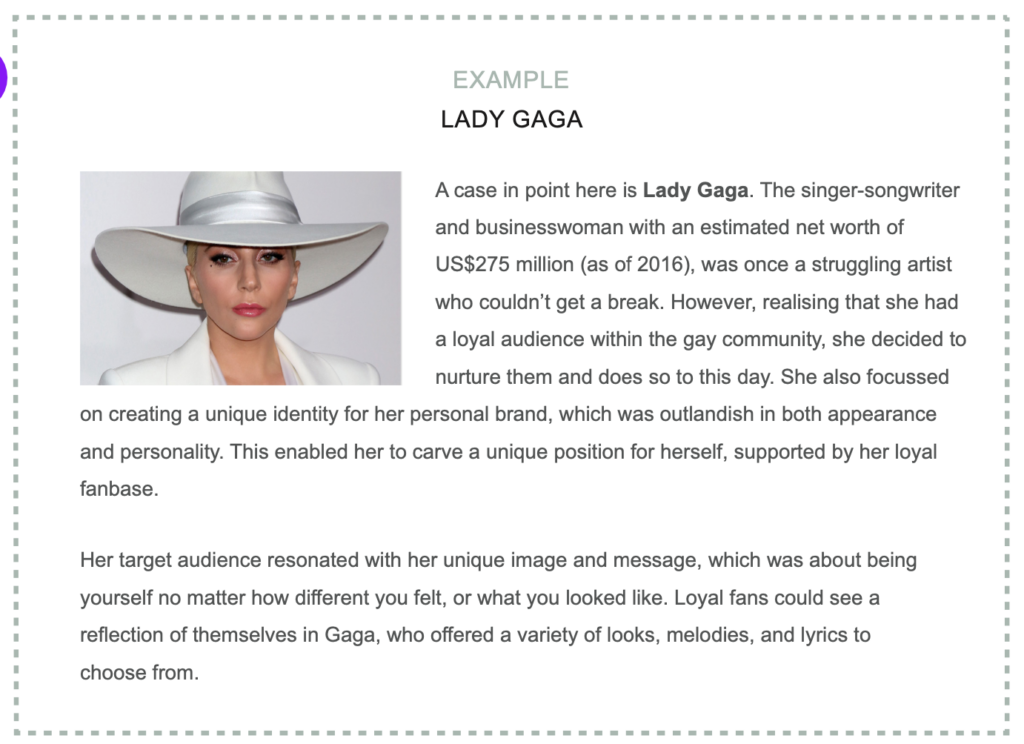
There are four key components that constitute brand identity that we need to think about:
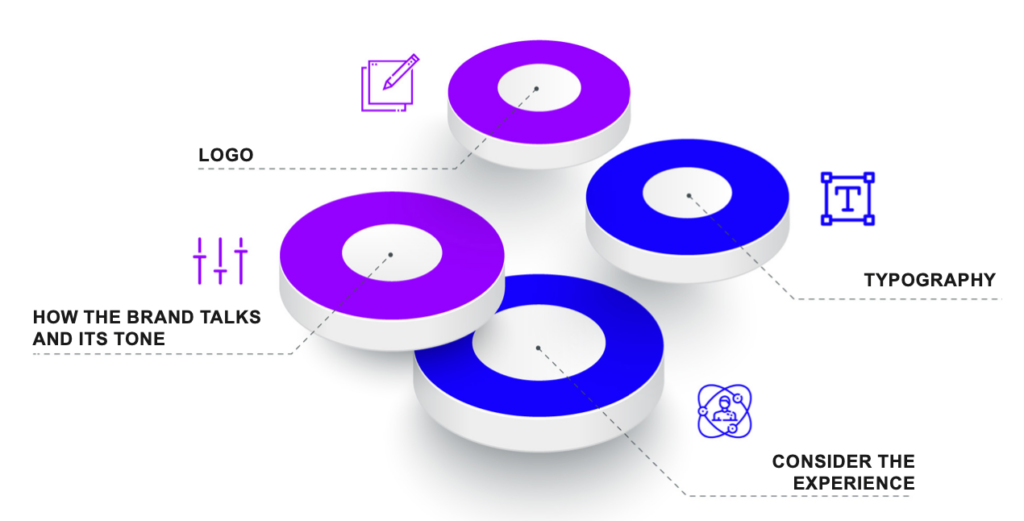
1. Logo
There are three steps to being able to create an interesting logo. The first step is to select the type of name that you want. There are five categories that brand names fall into:
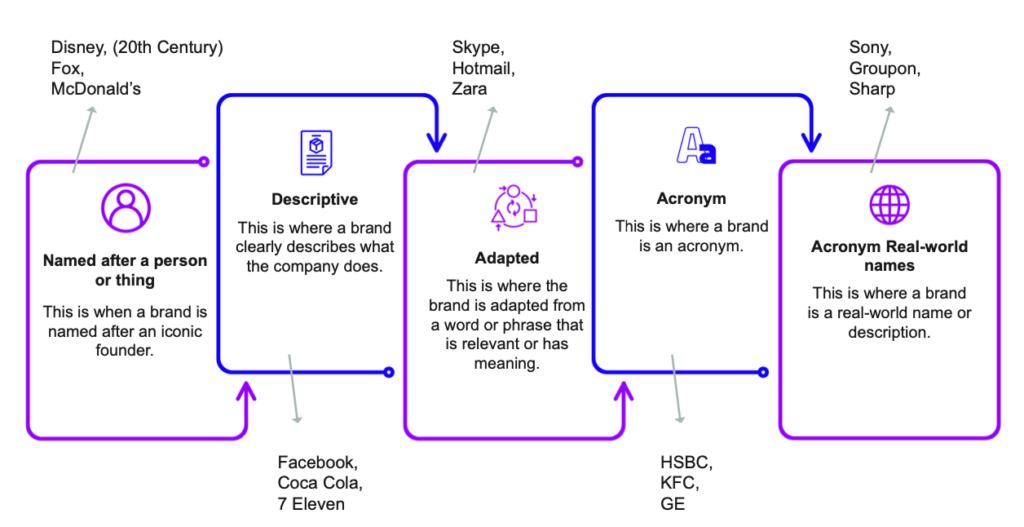
Next, you need to decide what you want the brand name to say. The best brand ideas don’t describe what the company does, but stand for a big idea that is emotive for the target market. A good example of this is GOPro, which is about heroism, adventure, and stepping out of the ordinary in order to become extraordinary.
The brand should stand for a big idea: Something that is beyond the current workings of the current operation. However, brands may not always start out this way, but can evolve over time.
2. Typography
This is a very important decision to make. Firstly, since logos cannot be changed on the fly, and the logo that you decide on today will probably be associated with your brand for many years to come. Hence, it is important for it to be appealing. Secondly, and perhaps more importantly, the typography that you use is what will make your brand distinct, and drive recall value, without people even having to see the name of the brand.
Now, let’s get technical. There are actually only three font families to choose from and each will say very different things about your brand.
Serif: These letters and symbols have flourishes at the end of a larger stroke and there is a significant weight distribution.
When does a Serif typeface work? Usually, if you are a luxury or historical brand, and if you are seen as reliable with an authoritative position. Examples: Canon, Honda, HSBC, and Burberry.
San Serif: These letters and symbols do not have flourishes at the end of a larger stroke.
When does San Serif work? Usually, for modern companies, like a tech company, or apps. This font helps portray a clean and new look for the company. Examples: Amazon, Facebook, and Google.
Script:
When does Script work? When you are looking for a playful and fun typeface, almost verging on calligraphy.
Examples: Coors Light, Coca Cola, and Instagram.
3. How the brand talks and its tone
Consider this: How many ways can you say hello? Put them in the forum below.
Hi, hello, hey, what’s up, good morning, greetings
There are various ways of greeting someone. However, have you noticed that the way you say ‘hello’ will be broadly based on two factors: The first is what you are used to. This may sound obvious, but you will typically say hello, or greet someone in the way that comes naturally to you. It is just a part of who you are. The second depends on the person you are addressing. You might say hello very differently to a childhood buddy than you would an elderly family member, or a corporate client. This is part of your personality and will certainly impact and affect the way you come across to others.
A brand does the same. Its unique tone serves as a reflection of what the brand stands for, and who its target audience is. But what exactly is tone? It’s the way you speak to your audience through the communications you have with them, be that written, verbal, and non-verbal.
You need a consistent brand tone, so your clients know it’s you and they can then relate to you. It gives your brand character and identity. It makes you unique and helps build trust. It also helps your brand develop a personality that you can further nurture in a way that is relatable to customers, and encourages loyalty and advocacy.
Imagine distributing a set of song lyrics to your team members and ask them to all sing together. They will all probably have a different way in which they sing, which could sound confusing, out of tune, and even out of sync. Your brand’s tone, however, is everyone singing the same words the same way.
How do you determine what the tone needs to be? Here are a few steps that you can follow:
Step 1: Understand the characteristics of your company
- List the traits and values that embody your company
- Consider key differences and how you want to articulate these differences
- Assess and articulate what is special about your business
Step 2: Focus on your target market
Imagine you have your entire target market sitting in front of you. What language would you use? Would your message be personal or impersonal? Formal or informal?
Consider how your audience might want to be spoken to. Remember that they will have different expectations from different providers they interact with, so there is no generic tone of voice for a particular customer type. For instance, they may want a very different tone of voice from their bank, medical insurance provider, and food delivery company.
One of the major areas to consider is the varying levels of industry knowledge your customers may already have. For instance, they may know exactly what is on the menu of their favourite restaurant, or the different cup sizes at Starbucks, but have no idea how to understand pricing from their energy supplier.
It is also important to remember that on one day you might be dealing with a very tech-savvy customer who has called to report a problem with their mobile banking, and on a different day you might have a customer who has very limited knowledge of how mobile apps work. As a rule of thumb, it is better to avoid terms, or jargon that might be too confusing for them. We will discuss this in greater detail in the next step.
Step 3: Differing your service or product
This is the final step when developing a brand’s tone. You need to understand how to best describe your product or service in a way that is succinct, and highlights difference i.e. gives it a distinct competitive advantage.
Make sure to only use terminology that your audience will understand. Often, companies try and hide behind jargon, which only creates dissatisfaction amongst their target markets. So, keep it simple, keep it conversational, and keep it consistent!
Step 4: Consider the experience
It is often said that the most potent form of marketing is ‘word of mouth’. Through their daily interactions, consumers play a fundamental role in the increase and decrease of an organisation’s brand equity. It comes down to delivering an exceptional experience at each interaction point.
In developing great customer experience, a business not only creates the possibility of a repeat customer and thus another sale, but also an opportunity of gradually educating the individual about the value proposition and USP of your organisation. It is inevitable that with repeated interaction, consumers will become more aware of the attractive features your business has to offer.
With greater knowledge and understanding of your product or service, coupled with positive feelings about the service they have received, consumers can, in effect, become ambassadors for your brand. Such customers often share their experiences, while talking to friends and family about how they trust and perhaps even love your brand.
A simple example would be a customer trying out a new haircare product, which he or she repeatedly purchases and appreciates. They discuss this with a friend who notices the beneficial use of the product and asks questions with the likely intention of trying the product themselves.
Successful businesses no longer merely rely on a customer visiting their store or website to make a purchase as the primary moment for building a valued relationship. Instead, they’re finding meaningful ways to have a continued dialogue with their customers, so as to weave themselves into the very life of consumers. By utilising customer relationship management, or CRM, in an appropriate way to address customers’ needs, businesses can become a natural extension of a person’s day-to-day activities. CRM utilisation can enable brands to appear in points of conversation between existing and even potential customers, and thus be further marketed.
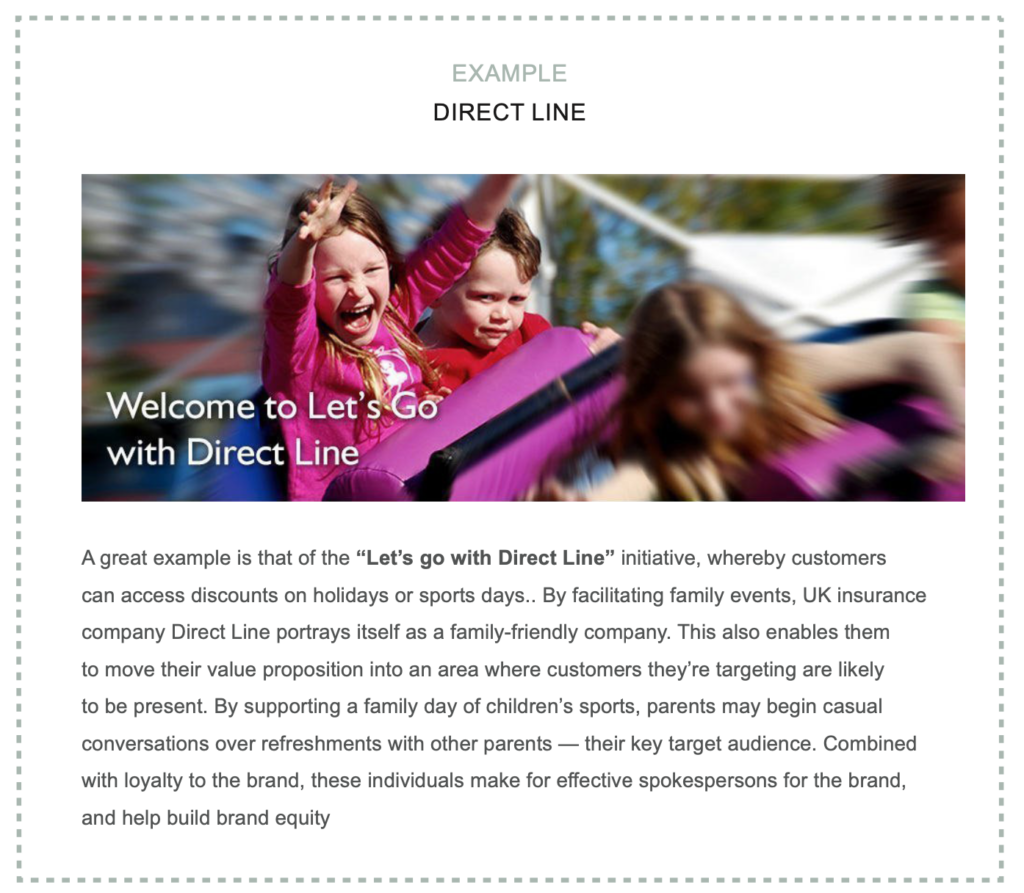
The critical point of renewal then merely becomes a task in the ongoing B2C (business-to-consumer) relationship. Another example of proactive engagement is the growing technology of SO-LO-MO (Social+Local+Mobile Marketing). Smart devices are allowing for a greater degree of consumer engagement not previously seen. In SO-LO-MO, if a potential customer is in the vicinity of your store, an offering such as a discount can be automatically sent to their smart device. This subtle engagement can have an enormous impact in enticing consumers to engage with your brand.
Finally, with amplified knowledge and strong engagement, businesses need consumers to advocate their brand in order to build brand equity. This aspect is extremely important from the perspective of a marketer. It is here that consumers can further advertise the brand at no additional cost to you, and deliver existing messages in a way that resonates at that moment with a potential customer. It’s arguably, the most customised form of advertising. It’s only by creating a positive experience, knowledge, and engagement with consumers that a business can hope to achieve advocacy.
So how do businesses deliver an exceptional customer experience?
So how do businesses deliver an exceptional customer experience?
Here are a few key things to consider:
1) The best deals are ‘always on’
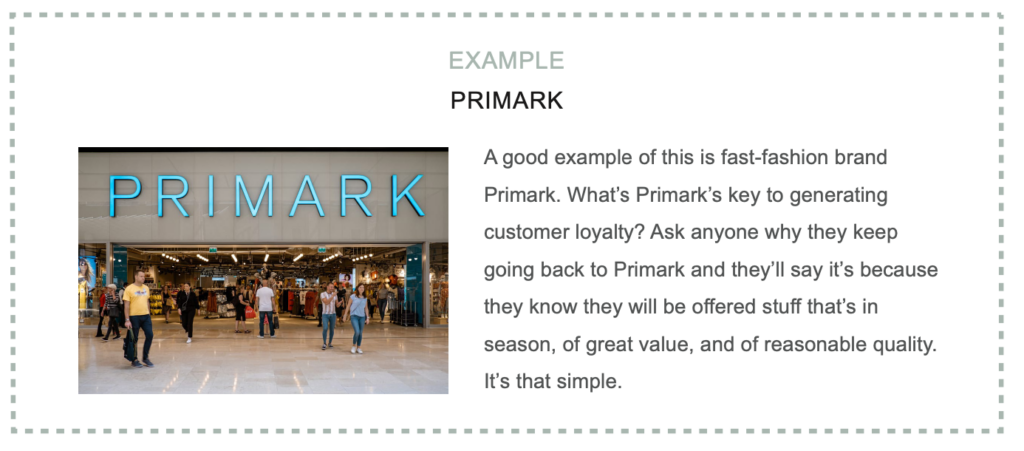
So rather than collecting a gazillion points to be eligible for a free gift (that most customers don’t redeem anyway), the new mantra in customer experience is to offer customers ‘always-on deals’ by offering them the best value, each time they interact with you.
2) Make me feel special
A good example of this is from sandwich-shop franchise Pret A Manger. The staff are welcoming and the service is efficient, so eating at Pret is easy, and typically involves no unpleasant interactions, or surprises.
If you order a latte and are about to pay they might say, “Don’t worry it’s on the house.” While Pret do not have a loyalty programme, they empower staff to give free coffee to a few lucky customers, each day. Plus they now have their subscription service with an automated version of these ‘make me feel special moments’.
3) Don’t lock me in, convince me to stay
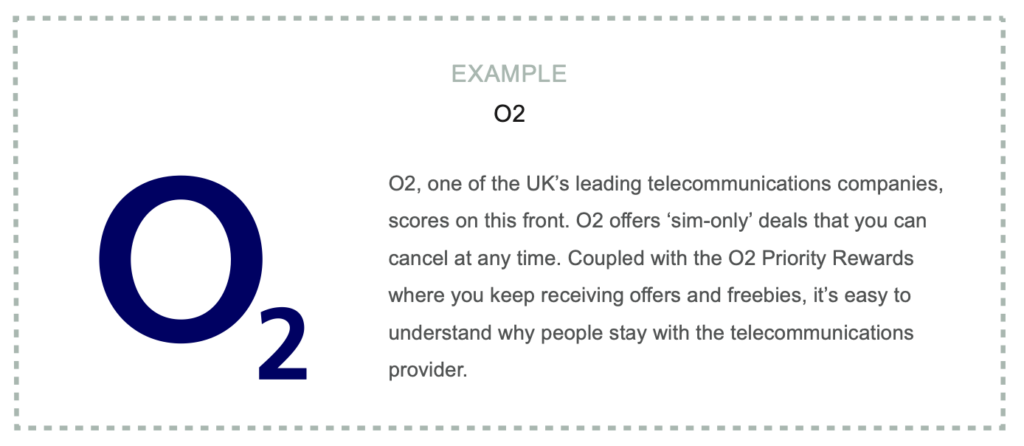
4) Give me extra
